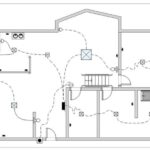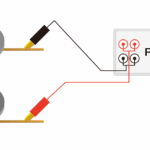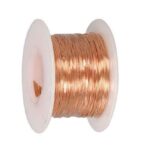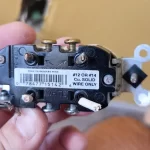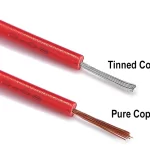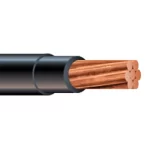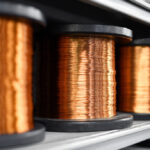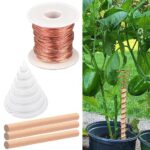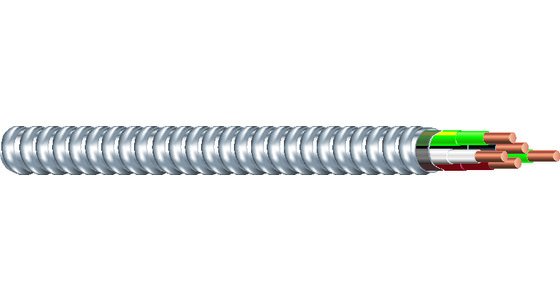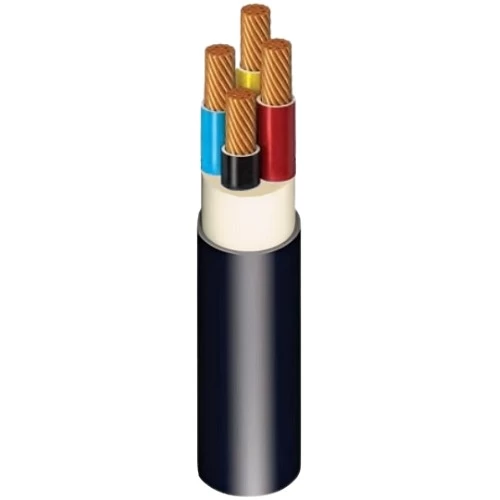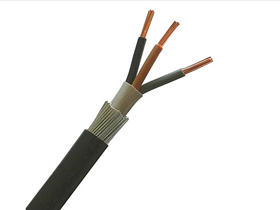SVT cord is a commonly used power cable type for lightweight, indoor applications. Known for its flexibility, small diameter, and durability, the SVT cord is widely found in household and office electronics. In this guide, we’ll explain what SVT cords are, their specifications, typical uses, and how they differ from other cord types.
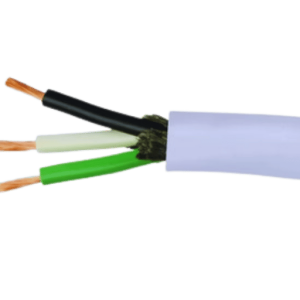
svt cord
🔍 What Does SVT Stand For?
SVT is an acronym used in cable classification by UL (Underwriters Laboratories):
-
S – Service cord (general use)
-
V – Vacuum cleaner/light-duty usage
-
T – Thermoplastic insulation and jacket
An SVT cord is a light-duty service cord rated for 300 volts and used primarily for indoor electrical appliances that don’t draw high current.
⚙️ SVT Cord Specifications
| Feature | Details |
|---|---|
| Voltage Rating | 300V |
| Temperature Rating | Up to 60°C or 105°C (varies by model) |
| Conductor Size | Typically 18 AWG to 14 AWG |
| Conductor Count | Usually 2 or 3 |
| Jacket Material | Thermoplastic PVC |
| Flexibility | High – suitable for portable use |
SVT cords are UL listed and meet the standards for use in North America and many other regions.
🧰 Common Applications of SVT Cords
SVT cords are ideal for:
-
Laptop and phone chargers
-
DVD players and TVs
-
Office equipment
-
Lamps and small fans
-
Electric shavers or grooming tools
These cords are designed for light-duty, low-amperage use, not for heavy machinery or outdoor applications.
🔄 SVT vs SJT Cord – What’s the Difference?
| Feature | SVT Cord | SJT Cord |
|---|---|---|
| Voltage | 300V | 300V (Junior) |
| Duty Rating | Light | Medium |
| Flexibility | More flexible | Less flexible |
| Typical Uses | Small appliances | Power tools, equipment |
| Conductor Size | 18–14 AWG | 18–10 AWG |
If you're unsure which to use, remember: SVT is best for portable, lightweight devices, while SJT handles tougher, higher-load environments.
✅ Conclusion
The SVT cord is a reliable, flexible solution for light-duty power needs in homes and offices. Its thermoplastic insulation, compact size, and 300V rating make it a go-to choice for connecting small appliances and electronic devices safely.
When selecting power cords, always verify the correct gauge, voltage rating, and application type to ensure safe, long-lasting performance.

